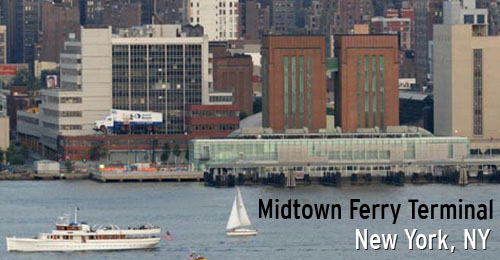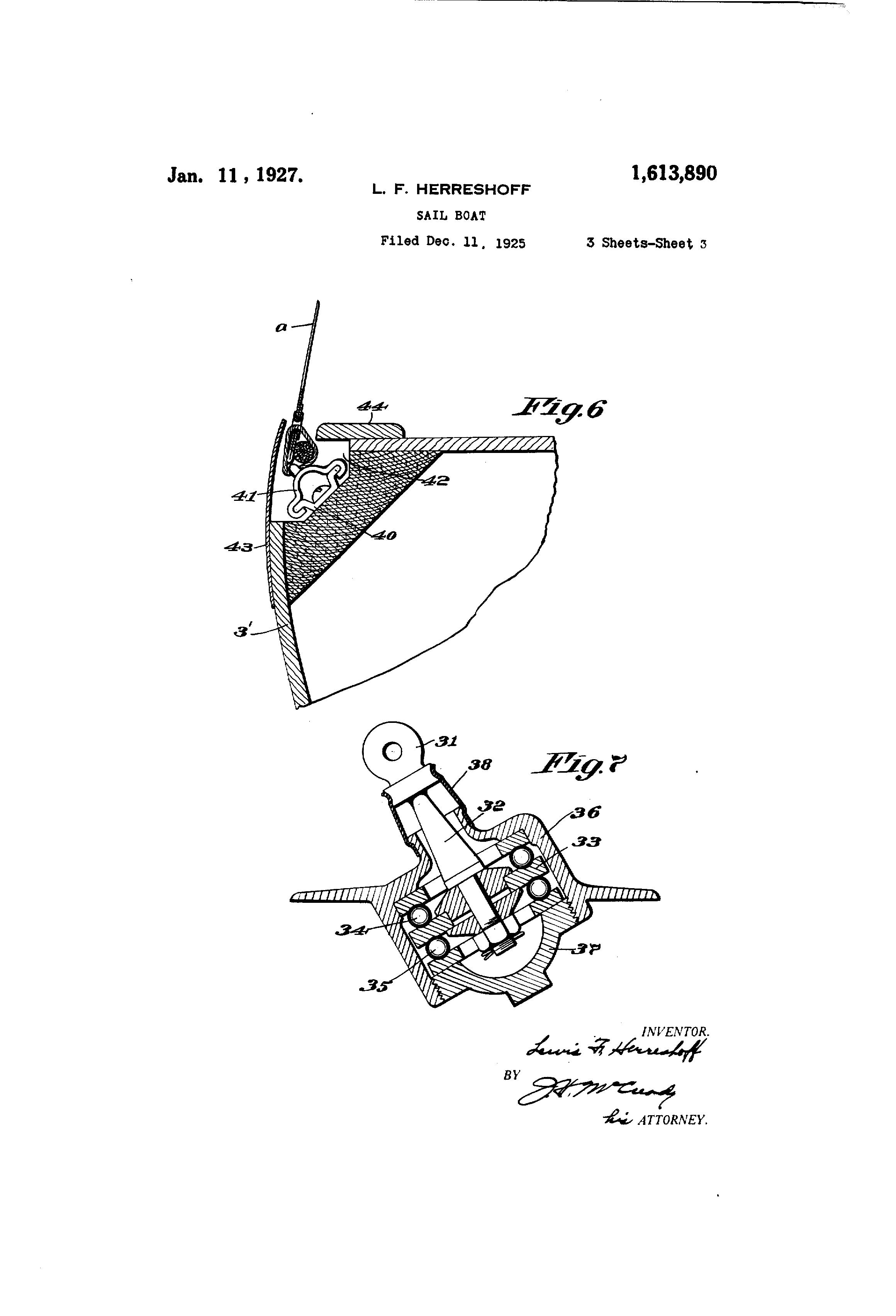
Update: Recreation and Commerce Collide on NY Waterways // NY Times
I am disturbed by the press accounts which suggest that the Manhattan Kayak company guide did not have a marine band radio. For many years I sailed a seventeen foot keel boat on the Hudson (North) River from the George Washington Bridge to the harbor. The dangers are many on the busy river with a swift current. I always kept my VHF on channels 16 and 13 (emergency and commercial) to hear the many "securitay" calls as vessels announced their position and intentions. Whenever I feared that visibility was not good I too made a "securitay" call. The news accounts do not report that the kayak guide made such a call as the squadron approached the 39th Street terminal.
As I recall New York Waterway captains announced their intention when underway . I always gave the NY Waterway terminal a wide berth because the ferries back out swiftly and their ability to see the kayaks (or low freeboard boats like mine) was limited. There is a reason why the lobstermen in Maine refer to kayakers as speed bumps. Neither bright colors nor pennants flying from the stern is sufficient. A guide such as the one who suffered injury should not have crossed behind the ferry terminal without announcing his squadron's position and intentions.
Ferry Collides with a Group of Kayakers on Hudson River - Old Salt BlogOld Salt Blog
by Rick Spilman
...On a personal note, which may or may not relate to the collision, having kayaked the Hudson for the last 25 years or so, I always carry a waterproof VHF radio clipped to my vest whenever I paddle the river. I keep it turned on so I can here where the traffic is and to let others know where I am if need be. Paddlers individually and in groups are not specifically required to carry a radio. Nevertheless, a radio can be a lifesaver. I know that it may not have necessarily be common practice for individuals or groups of kayaks to make Security calls when crossing near a ferry terminal or other similar congested areas, but perhaps it should be. As the smallest and the slowest boats in a very busy harbor, we can’t always rely on others to see us....















